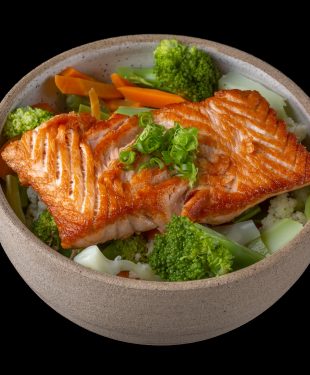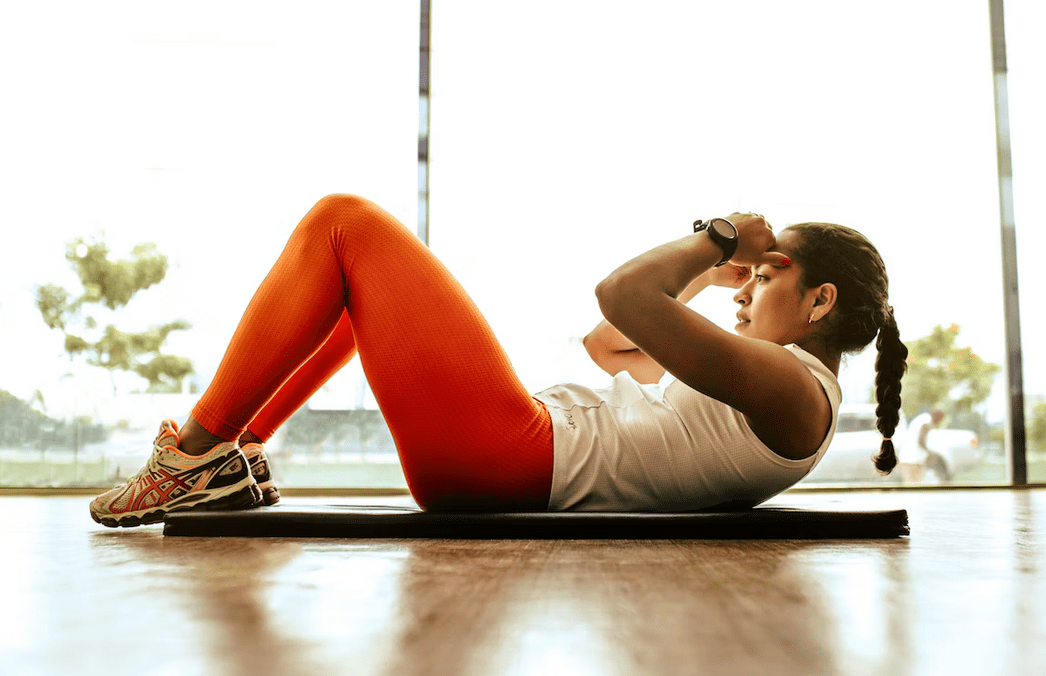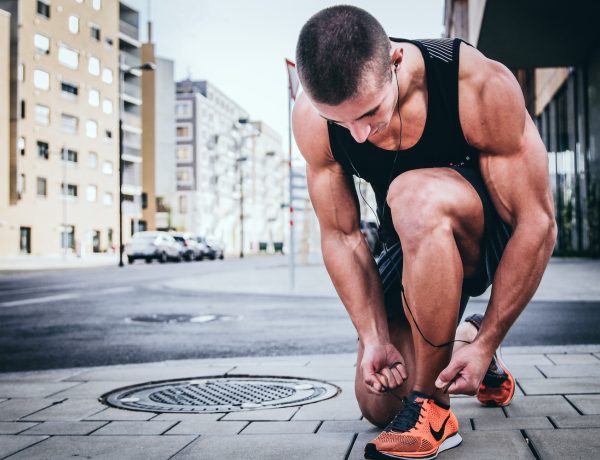Relieve Muscle Soreness
Exercise is one of the best ways to feel better and physically fit, but one downside of working out is the sore muscles afterward. Muscle soreness after working out, also known as Delayed Onset Muscle Soreness (DOMS) or stiffness, is an inflammation in your body due to muscle damage from the workout. The inflammation causes fluid to accumulate in your muscles, causing pain and tightness. Muscle damage is good for your body as it promotes muscle growth, but the stiffness accompanying it is undesirable for many. Here are six ways to prevent and reduce muscle soreness after working out.
1. Apply Hemp Cream on Your Muscles
To prevent muscle soreness, consider using hemp cream. It contains an ingredient called CBD (Cannabidiol), which is a part of cannabis that is dermally absorbed into your body and reduces muscle discomfort, inflammation, and muscle strain in applied areas. Many athletes use CBD to relieve muscle soreness.
CBD is an antioxidant that slows down cell damage, prevents inflammation, and helps you recover quickly. Your skin is highly absorbent, so check the ingredients of the hemp cream you’re using to ensure you’re not allergic to any ingredients. If you are on any prior medication or drugs, consult your doctor about whether hemp cream is the right choice.
2. Drink Coffee Before Working Out
Consuming caffeine before your workout can reduce your muscle fatigue and soreness. Caffeine is also an analgesic that relieves the pain in your muscles and hydrates your body like water, reducing your muscle pain. These features make coffee a better painkiller than NSAIDs like ibuprofen, which diminishes your muscle pain but prevents them from strengthening and growing. Drink two cups of coffee an hour before working out for optimum results.
3. Do a Light Workout the Day After
Your sore muscles require rest to recover, but that doesn’t mean you should rest all day. Doing gentle movements increases blood flow toward your aching muscles, giving them oxygen and nutrients to repair. Working out also decreases inflammation by causing lymph drainage and removes immune cells and inflammatory mediators.
For light workouts, try yoga, walking, light swimming, cycling, or resistance training. Additionally, avoid doing workouts targeted at one muscle every day. Instead, exercise one muscle once a week to prevent it from overworking and getting more sore.
4. Eat After Your Workout

Photo by on Pexels
One of the ways to hasten the recovery of your muscles after a workout is to provide your muscles with nutrients. The meal should mainly consist of protein and carbohydrates for the best results. Proteins are made up of amino acids, which are needed to rebuild your muscles torn during the workout. While carbohydrates give your muscles the energy that they lose during exercise.
Consuming foods with antioxidants, like tart cherries and red raspberries, before and after working out also reduces muscle soreness. These berries contain anthocyanins, an antioxidant to reduce inflammation. Consuming foods with vitamins like Zinc and Vit C also promotes healing.
Don’t focus on post-workout meals only. To recover your body correctly, it needs more calories than its BMR (Base Metabolic rate), the energy it requires to function. Take regular meals and ensure your daily protein intake is between 1.4 to 2g per kg of your body weight to heal.
5. Sleep After Working Out
Sleep is essential to your body for many reasons, including muscle recovery after workouts. Sleep repairs and recharges your body, making you stronger and fit. This is due to the NREM (Non-Rapid Eye Movement) Sleep, during which your body increases protein production.
Sleep for at least seven hours to give your body plenty of time to recover. Set a proper daily routine and turn off your electronics so your body has time to wind down before sleeping, making you sleep faster and better. Sleep in a cool, dark room for the best sleep quality and NREM effects.
6. Use Muscle Soreness Relieving Tools
Foam rollers use the SMR (Self Myocardial Release) process to relieve built-up tension and start fluid circulation in your muscles. These massages increase your muscles’ oxygen and nutrients, reducing pain and swelling. Additionally, red light therapy bed is a popular option for post-workout recovery, offering a non-invasive way to promote healing and reduce inflammation in your muscles.
For beginners, a soft foam roller is the best choice. You can switch to a firm one when you are more accustomed to the applied pressure. You can also use lacrosse balls for the spots and areas you can’t reach with the roller, like your calves, back, and glutes.
Another tool you can use is massage guns. They use vibration therapy to help you relieve post-workout muscle soreness. The machine releases fast vibrations when placed on your muscles and increases blood flow to them. You can buy attachments of different sizes and shapes for specific body areas.
Remember to not apply too much pressure on your muscles with the gun, only placing it lightly on the target area. Three five sweeps are enough for one area; more than this risk irritating your muscle.
Endnote
Your muscles feel sore after exercise due to inflammation caused by muscle damage. One of the ways to relieve this pain is to use hemp cream, which causes localized pain relief and reduced inflammation. Consuming coffee also relieves muscle soreness and pain as it is an analgesic. Eating correctly and sleeping after working out is essential for muscle soreness relief since it increases protein production.
To reduce the inflammation caused by workouts, consider doing a light exercise the day after to improve blood circulation. Tools like a foam roller and massage guns also generate blood flow in your muscles, relieving pain and soreness. Remember that muscle soreness might be uncomfortable, but it’s essential for muscle growth and a physically fit body.
Read more health and fitness articles at ClichéMag.com
Images provided by Deposit Photos, BingAI, Adobe Stock, Unsplash, Pexels, Pixabay & Creative Commons



